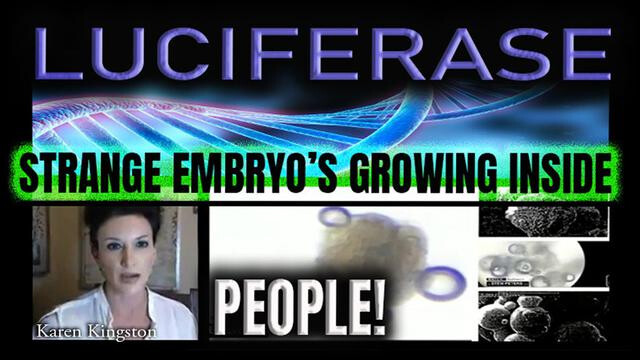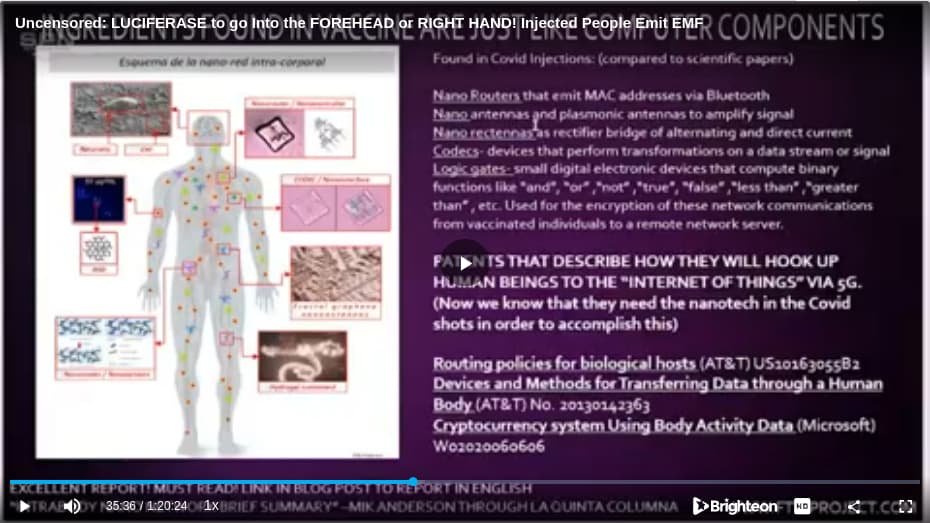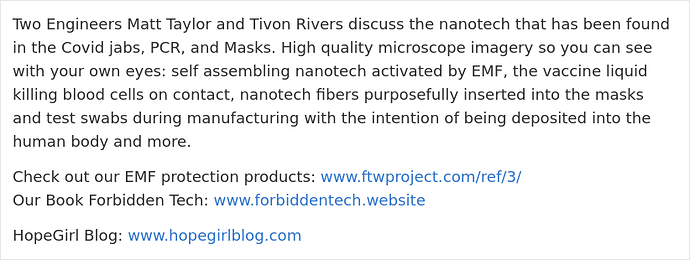Extremely Low Frequency Electromagnetic Fields Facilitate Vesicle Endocytosis by Increasing Presynaptic Calcium Channel Expression at a Central Synapse
Accumulating evidence suggests significant biological effects caused by extremely low frequency electromagnetic fields (ELF-EMF). Although exo-endocytosis plays crucial physical and biological roles in neuronal communication, studies on how ELF-EMF regulates this process are scarce. By directly measuring calcium currents and membrane capacitance at a large mammalian central nervous synapse, the calyx of Held, we report for the first time that ELF-EMF critically affects synaptic transmission and plasticity. Exposure to ELF-EMF for 8 to 10 days dramatically increases the calcium influx upon stimulation and facilitates all forms of vesicle endocytosis, including slow and rapid endocytosis, endocytosis overshoot and bulk endocytosis, but does not affect the RRP size and exocytosis. Exposure to ELF-EMF also potentiates PTP, a form of short-term plasticity, increasing its peak amplitude without impacting its time course. We further investigated the underlying mechanisms and found that calcium channel expression, including the P/Q, N, and R subtypes, at the presynaptic nerve terminal was enhanced, accounting for the increased calcium influx upon stimulation. Thus, we conclude that exposure to ELF-EMF facilitates vesicle endocytosis and synaptic plasticity in a calcium-dependent manner by increasing calcium channel expression at the nerve terminal.
Introduction
During the past few decades, considerable evidence has shown that non-thermal exposure to extremely low frequency electromagnetic fields (ELF-EMF)1 can induce biological changes both in vivo and in vitro, including gene expression2, tissue repair, and proliferation3, and it can also be conducive to the treatment of neurological disorders4,5. Despite accumulating experimental evidence suggesting significant biological effects, the underlying mechanisms are poorly understood. Laboratory studies have pointed to the initial effects of ELF-EMF being on the cellular level, especially the physiological properties of the cell membrane and channels6,7,8,9,10. Therefore, the neurons in the central nervous system are likely to be the most sensitive candidates, as exposure to ELF-EMF induces electrical fields and currents, which may excite or suppress neuronal activities through interactions with voltage-gated channels11,12.
Vesicle endocytosis, which couples to exocytosis and recycles exocytosed vesicles at the presynaptic nerve terminal, is a basic cellular mechanism that critically maintains synaptic transmission and plasticity13,14,15. Membrane fission caused by endocytosis also contributes to the homeostasis of the plasma membrane14,16. Although endocytosis fulfils such a crucial role in both physical and physiological aspects, very few studies regarding how ELF-EMF regulates this important cellular event in the central nervous system were reported and data from experimental studies are controversial17. In the present study, we directly measured vesicle exocytosis and endocytosis with accurate capacitance measurements14,18 at a central synapse, the calyx of Held. At calyces, several forms of endocytosis have been reported, including slow endocytosis14, rapid endocytosis19, endocytosis overshoot20, and bulk endocytosis21, and their underlying molecular mechanisms are different. Slow endocytosis is believed to be clathrin-dependent, whereas the others are not22. Whether exposure to ELF-EMF affects all forms of endocytosis is unknown.
Calcium, a mediator of intracellular signalling, has also been proposed to be affected by magnetic fields. In U937 cells, magnetic fields increase calcium influx and inhibit apoptosis23. In rat pituitary cells, exposure to 50 Hz magnetic fields increases the intracellular free calcium concentration24. However, this facilitation of intracellular calcium could not be independently replicated25,26,27. In addition, no effect on calcium influx was observed in isolated bovine chromaffin cells exposed to ELF-EMF up to 2.0 milliTesla (mT)28. In our study, we performed direct presynaptic measurements of calcium influx at calyces and suggested an increased calcium influx using different stimulation protocols. The post-tetanic potentiation (PTP), a calcium-dependent form of short-term plasticity, was also facilitated by the increased calcium influx after exposure to ELF-EMF. It is well accepted that calcium influx triggers exocytosis at nerve terminals, and we previously showed that calcium/calmodulin initiates all forms of endocytosis14,18,19, suggesting that the increased calcium influx accounts for the regulation of endocytosis after exposure to ELF-EMF. Thus, the voltage-gated calcium channels at the presynaptic nerve terminals may be the key factor underlying such ELF-EMF modulation11.
In this study, we provide for the first time direct evidence that ELF-EMF facilitates all forms of endocytosis and potentiates PTP16,29. Furthermore, the enhanced expression of calcium channels at the presynaptic nerve terminal, especially the P/Q type, increases calcium influx upon stimulation and facilitates vesicle endocytosis and synaptic plasticity. Our study provides novel insight into how ELF-EMF regulates neuronal activity and plasticity by increasing voltage-dependent calcium channels at the cellular level....
https://www.nature.com/articles/srep21774








